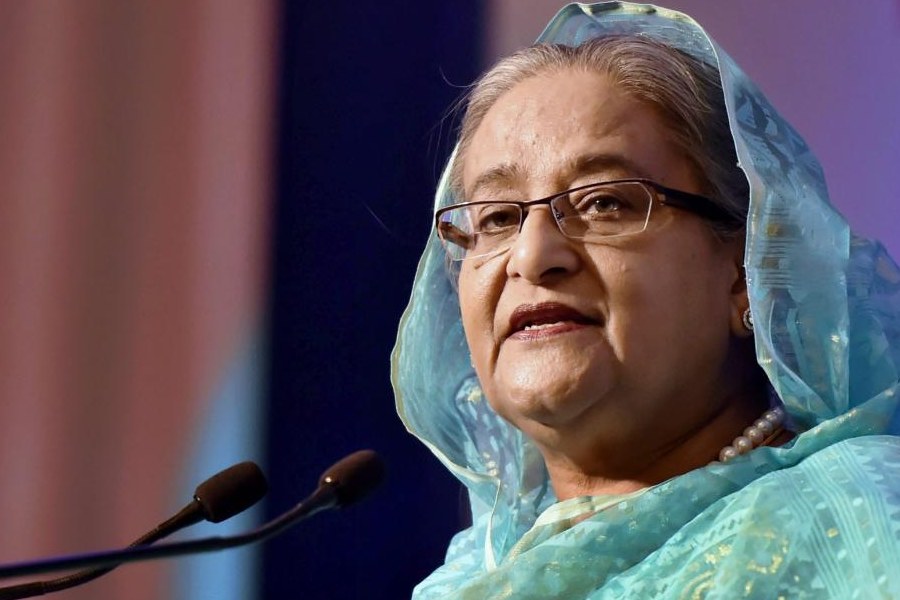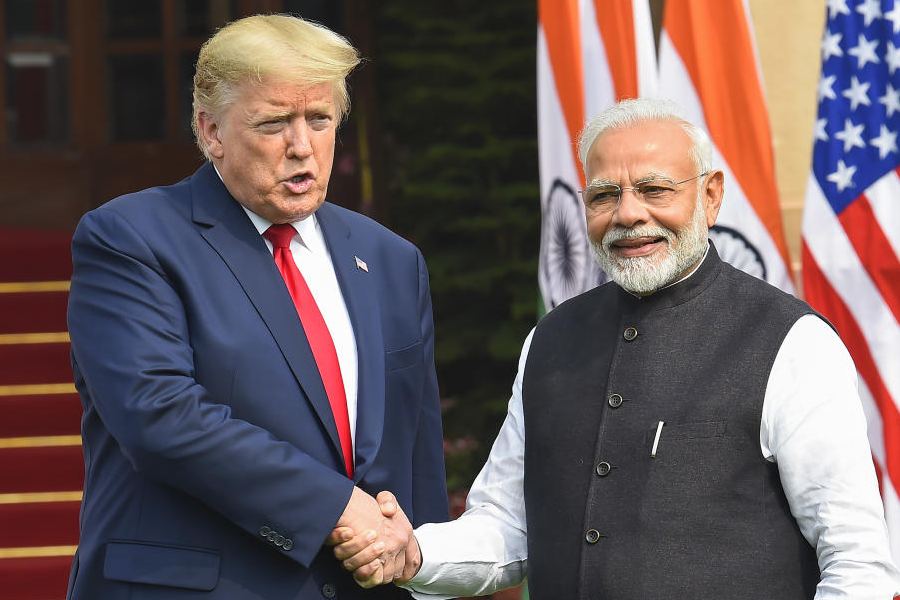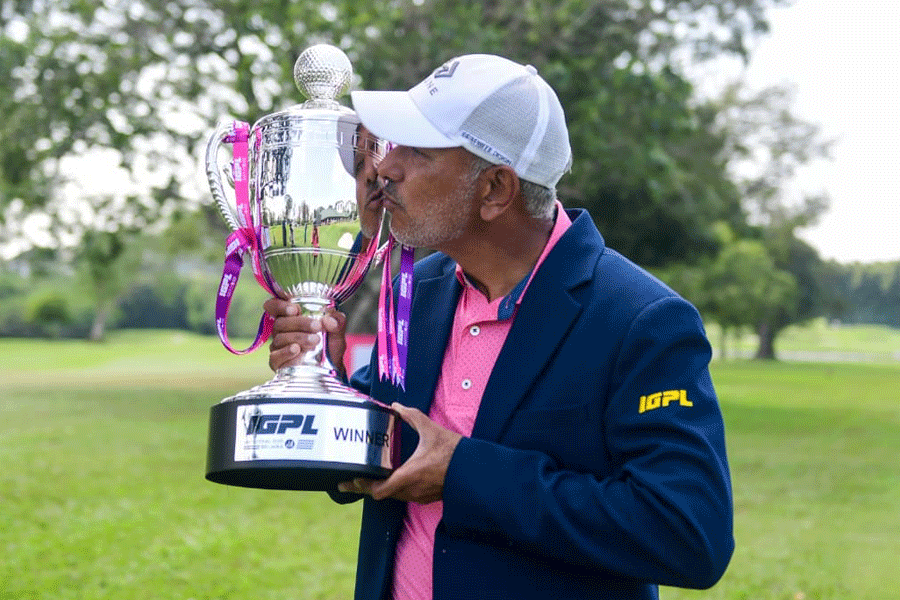 |
Generally, prominent cricketers are hopelessly out of touch with the history of cricket. They seem to have little or no interest in whatever happened before their arrival. This is ironic indeed. Brilliant cricketers who have earned a place for themselves in cricketing folklore are hardly conversant with the heritage of the game.
Two of India’s top batsmen did not know that Vinoo Mankad and Pankaj Roy were the holders of the world record for the first-wicket partnership in Test cricket when they themselves were heading for it. One former Indian captain is on record saying that he has no need for the knowledge of the “Bodyline” series. Another cricketer sermonized that we must look towards the future and not at the past.
In this strange environment, the advent of Greg Chappell was like a breath of fresh air. This articulate man is a delightful exception. He has a wide and deep grasp of the traditions, ethos, conventions and the laws of this noble game. During the course of his speech at the second Tiger Pataudi Memorial Lecture in Calcutta, he mentioned that Mansur Ali Khan Pataudi’s father had played against his maternal grandfather way back in the 1932-33 Bodyline series in Australia. Iftikar Ali Khan Pataudi was representing England and made his debut in the first Test at Sydney with a century. Victor Richardson, on the other hand, was on the receiving end of Harold Larwood’s thunderbolts as delivery after delivery whizzed past his ears at more than 90 miles per hour. In those days, bowlers could bowl as many bumpers as they wished. The mollycoddling of batsmen had not yet begun.
In addition, the England captain, Douglas Jardine, placed seven fielders on the leg side with five in close-catching positions. The number of leg-side fieldsmen was not restricted those days. There could be more than two fielders even behind the batting (popping) crease. With every delivery coming at the rib cage, it needed more than technique and courage to survive the onslaught. Apart from the fearsome duo of Larwood and Bill Voce, Jardine had Bill Bowes and Gubby Allen who made up the pace battery. There were thus four fast bowlers so that batsmen would not get any respite at all. This strategy was later adopted and executed by the West Indies under Clive Lloyd in the 1970s and 1980s.
In his speech, Greg Chappell raised the issue to rekindle a distant memory. Never before had there been a concerted effort aimed at maiming a batsman. In the 1920s, when Jack Gregory and Ted McDonald were decimating the English batsmen, even then their aim was not to bowl at the batsman’s body. With the help of some of his British peers, Jardine conceived of this ploy to thwart the Australian run-machine, Donald Bradman. Jardine was well within his rights as the laws of cricket at the time permitted such a contingency. But did Jardine violate the spirit of cricket? Certainly. Cricket did not endorse physical attack.
Greg Chappell raised the issue to highlight the fact that both senior Pataudi and Vic Richardson, his grandfather, shared a common view. They were totally against this form of bowling. They objected because they thought that such a strategy went against the spirit of cricket. They emphasized the spirit of the game rather than its laws. It was good to know that Greg Chappell, too, thought likewise.
Unfortunately, Greg Chappell himself was found wanting when he was confronted with a similar situation that pitted the laws of cricket against the spirit of the game. In a one-day international against New Zealand, Greg Chappell, who was the Australian captain then, asked his younger brother, Trevor, to bowl a “grubber” — an under-arm delivery rolled along the ground! This obviously went against the ethics of cricket. Thus, both Jardine and Greg Chappell resorted to gamesmanship by engaging in unethical practices.
But Greg Chappell is an articulate man. He highlighted his grandfather’s gesture but conveniently forgot his own action. An excellent speaker, he, however, rectified the mistake that Imran Khan had made last year. Khan had shown remarkable ignorance of the Indian domestic structure and environment. On the contrary, Greg Chappell was spot on in this aspect. He stated, very appropriately, that the Duleep Trophy ties should be preferred over Ranji Trophy matches. This is because the best of Indian talent is distributed among the five zonal sides. It is in this championship that cricketers can compete with opponents who are equally skilled. This author has been airing similar sentiments for more than two decades but with no result. Now that a foreigner has put forward the same suggestion, hopefully the authorities will review the issue for the benefit of Indian cricket.
Thankfully, Greg Chappell opened another avenue for the uninitiated. For far too long, we have been listening to cricketer-turned-critics cite the absence of fast pitches as the cause for India’s poor performance overseas. Greg was very categorical in mentioning that no two countries have the same kind of pitches. Playing surfaces are different in different nations. For that matter, even within the same country, there can be different kinds of pitches. That is the real charm of cricket. Players who can overcome the vagaries of different surfaces — fast or slow, bouncy or turners — are the ones who achieve greatness.
Over the years, the greatest of players have been those who have succeeded on all kinds of surfaces and conditions. There are innumerable examples but citing the most recent instance should suffice. At the Chennai Test, R. Ashwin, the Indian spinner, and J. Pattinson, the Australian fast bowler, managed to claim wickets. Moreover, on the same pitch, M.S. Dhoni played the innings of a lifetime. If one is good enough, one can succeed under any condition. Greg, thank you very much for telling the truth to the uninitiated who are being loaded with a whole lot of rubbish by ill-informed critics and commentators.
Greg Chappell has matured immensely since he left Indian shores. As the coach of the Indian cricket team, he completely misread the Indian psyche and the players’ physical capabilities. He literally tried to force the Indians to adopt the Aussie sports culture. It turned out to be a huge disaster. Even players with the most placid temperaments — Sachin Tendulkar and Rahul Dravid — were not too happy with Greg Chappell. Thankfully, his views have changed radically. Taking a cue from the Brazilian football model, he spoke eloquently on how essential it is to improve upon one’s natural abilities rather than adopt methods that are followed by others. This is a remarkable improvement on the part of a man who had failed to realize that an Indian blindly copying an Aussie is a recipe for disaster. Today, he advocates the view that natural skills are far more important than the regimen followed in sports academies. Hopefully, on account of this remarkable transformation, he would be far more successful as a talent scout for Cricket Australia than he was as the coach of South Australia or of India.
His public relations skills, too, have shown a remarkable improvement. In India, as well as in Australia on earlier occasions, Greg Chappell’s dealings with the media raised quite a few eyebrows. Even the players were not always comfortable in his presence. He was too dominant, too authoritative. He created an aura of inaccessibility. He seems to have mellowed down appreciably. But then again, his tendency to put the focus on himself has not quite vanished. While describing Dhoni’s advent, he gave the impression that he was the person who discovered an uncut diamond from an obscure corner of India.
Far from it. Greg Chappell had nothing to do with Dhoni’s arrival on the Indian cricket scene. His was a meteoric rise. Two talent-spotters of the Board of Control for Cricket in India — Prakash Poddar and I — highlighted Dhoni’s prodigious batting talents to Dilip Vengsarkar, who, after taking one look, realized the player’s potential. The full story has been told in great detail by Gulu Ezekiel in his biography on Dhoni. Greg neither coached Dhoni nor did he discover him. Dhoni is as natural as they come, like the Garrinchas of Brazil.
If anything, it was Dhoni’s emergence and subsequent rise that made Greg Chappell realize the wrong notions he had harboured. Fortunately, he has shown the courage and pragmatism to accept his mistake by changing his stance. He has realized that there is more to life than mere theory and talk. The fact that he has acknowledged the Brazilian way in football as the ideal model and Dhoni as an ultimate example is enough vindication that he has benefited from his experiences in India.
If a visionary like Chappell can keep his mind free of prejudices and presumptions, the world of cricket would prosper. His eloquence at the second Tiger Pataudi Memorial Lecture organized by The Bengal Club and The Telegraph indicated that a transformed Greg Chappell is the man the world of cricket is waiting for.










